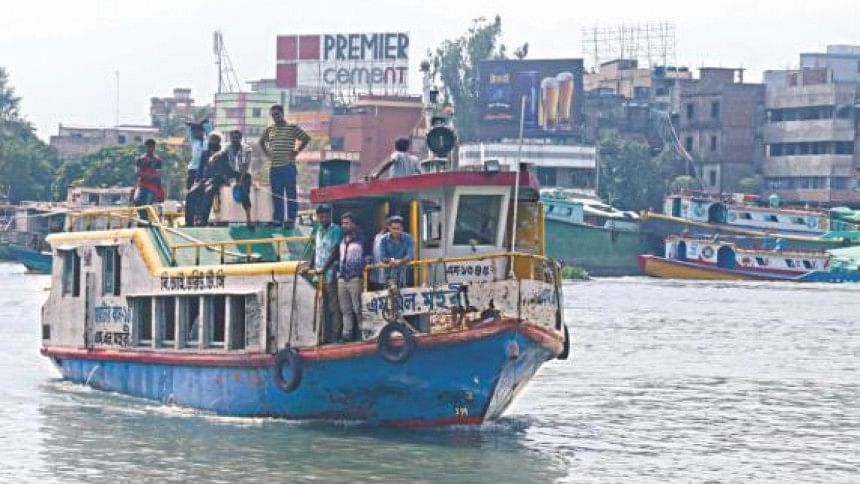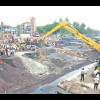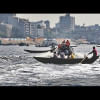Buriganga waterbus service

The dysfunctional state of the waterbuses of Buriganga is an example of how bad management and lack of commitment can ruin a good initiative. Introduced by the state-run BIWTC six years ago with the purpose of providing passengers with an alternative mode of transport, the service is failing to attract passengers. And that's due to an irregular timetable, incommodious terminal facilities and frequent engine failures of the waterbuses. Out of the twelve vessels only eight are operational now.
Things went even farther downhill from there when the government, in a bid to improve the quality of service, recently leased it out to a private company which now operates only two trips a day as opposed to five conducted by BIWTC previously.
Water transport is one of the most dependable, hassle-free means of communication and has a lot of potential in Bangladesh, a country crisscrossed by about 700 rivers including tributaries and canals—constituting a waterway of about 24,000 kilometers. If properly developed, it can give relief to thousands of passengers from the agonising traffic gridlock of Dhaka in particular, achieving the dual objectives of saving time and increasing productivity. In any planned city, waterway is a vital component of the transportation system.
All the money invested in the project—about Taka 10 crore—seems to be going down the drain. BIWTC should come up with a strategy to better operationalise a good idea through proper planning and thereafter effective monitoring of the performance of the lessee company.

 For all latest news, follow The Daily Star's Google News channel.
For all latest news, follow The Daily Star's Google News channel. 








Comments